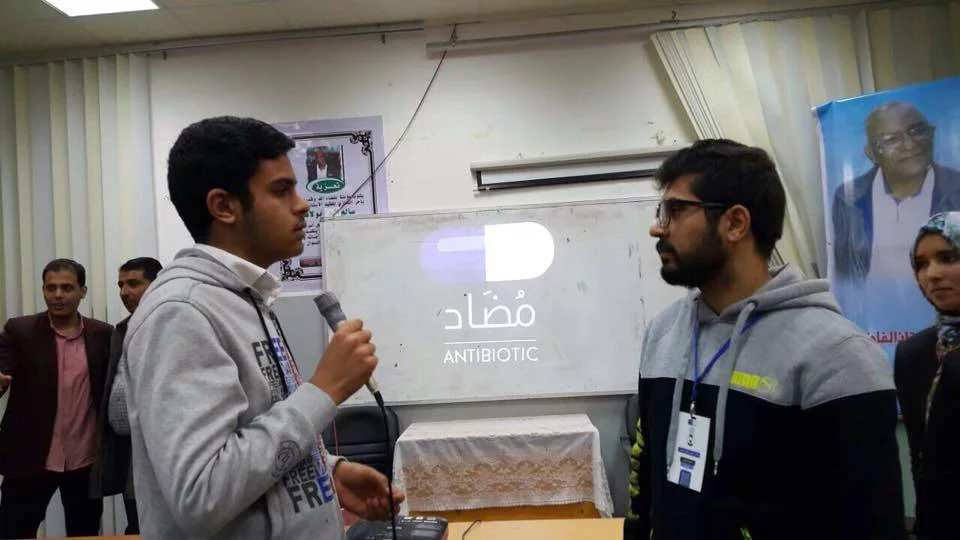faculty of Pharamcy
More ...About faculty of Pharamcy
The Faculty of Pharmacy was established in 1975 and is considered the oldest faculty in Libya specialized pharmaceutical sciences. Since its establishment, it aims to contribute to raising the level of health services for citizens in Libya and to start seriously developing pharmaceutical services. It has entered this field on scientific grounds and after more than thirty-eight years, this institution is still providing the community with qualified staff who believe in their role in leading the fields of industry, drug control, and medical analysis. It strives to rationalize the use of medicines and make the most of medicinal herbs and plants. The study began at faculty at in 1976/1975. Studies continued in the old building, which is now occupied by the Faculty of Media and Arts. In 1983, a contract for the construction of a new building for the Faculty of Pharmacy at the University of Tripoli was concluded. It was built on an area of forty thousand square meters “40,000 square meters” south of the University of Tripoli. The Faculty building is considered one of the most beautiful buildings at the university. it was chosen as one of the most beautiful educational buildings in the world, according to a report prepared by the World Organization for Culture and Science "UNESCO". The Faculty is bordered on the east side by the Faculty of Medicine, to form with the Tripoli Medical Center a distinguished model for specialized medical colleges. This institution is still supporting its graduates to become pharmacists of the future and to participate in building Libya.
Facts about faculty of Pharamcy
We are proud of what we offer to the world and the community
Publications
Academic Staff
Students
Graduates
Who works at the faculty of Pharamcy
faculty of Pharamcy has more than 87 academic staff members




Prof.Dr. Aisha Mohamed Ali Dugali
Aisha الدوجالي هي احد اعضاء هيئة التدريس بقسم علم الادوية والصيدلة السريرية بكلية الصيدلة. تعمل السيدة Aisha الدوجالي بجامعة طرابلس كـأستاذ منذ 2008-07-13 ولها العديد من المنشورات العلمية في اشهر المجلات العلمية في مجال تخصص امراض الجهاز الهضمي والاورام.









